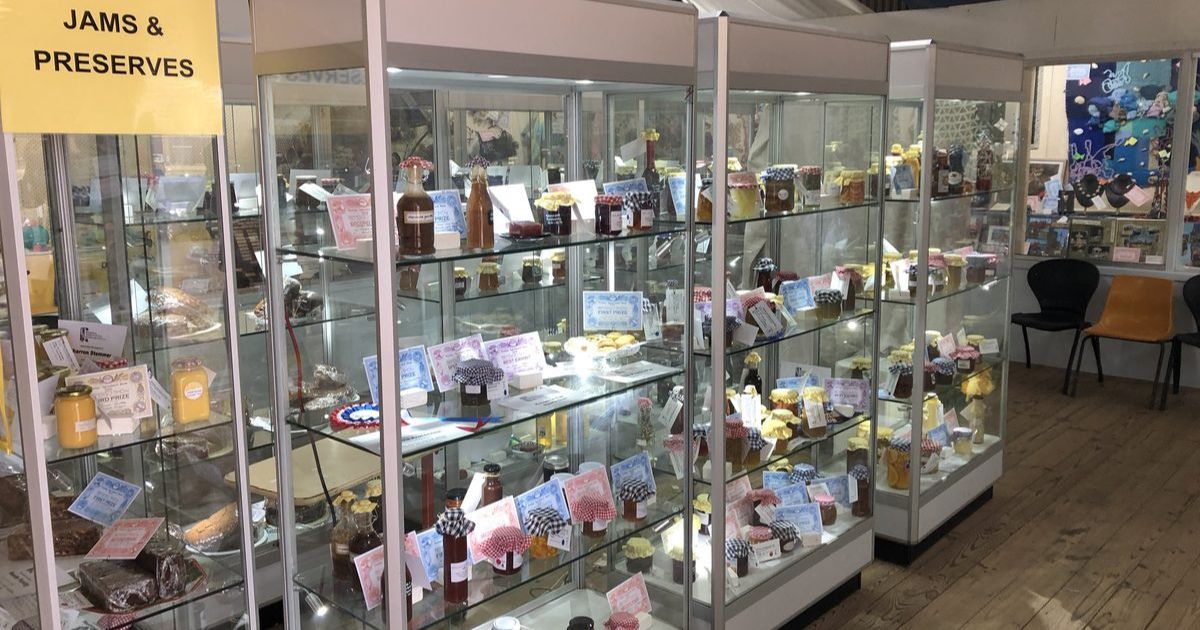Raising awareness of a rare condition

Understanding: Coral Hunt wants more people to learn about her rare voice condition. Photos: KATIE MARTIN
WHEN talking becomes especially difficult for Coral Hunt, she finds solace in being around her pets.
“I love being with my animals, that’s where I find my peace and calm,” she said. “I think people can learn a lot from animals because they’re very accepting and non-judgmental.”
Ms Hunt has spasmodic dysphonia, a rare neurological voice condition that affects just one in 100,000 people globally.
Muscle spasms in her larynx cause her vocal cords to close without control, creating a strained and broken voice that takes great effort to use.
She began developing SD as an active, chatty woman in her thirties who ran her own business while raising four kids.
“My voice started to get really weak, I had trouble projecting it. I was coaching a heap of kids’ netball and tried to get my voice out and thought ‘this is strange’,” Ms Hunt said.
“When I got into my early forties it got really severe. It got so bad I didn’t like going out in public.
“I was terrified my voice wouldn’t work. It’s a horrible feeling when you go to speak and either nothing comes out or a very broken voice comes out.
“Then people say, ‘what’s wrong with your voice?’ but it was really hard to explain because I didn’t know what was wrong.
“I couldn’t breathe, sitting in a chair I was so puffed out. I had grandkids and I couldn’t read them a book.”
A spate of appointments with doctors and specialists came up empty and Ms Hunt was told there was simply nothing wrong.
“I thought ‘I’m not neurotic, I’m not emotional, I’m none of that. I just can’t talk normally’,” she said.
She was prepared to completely reverse her lifestyle by limiting talking as much as possible and surrounding herself in the safety of bushland and her rescue animals.
But her life changed when, at 49 years old, she was finally given a name for the condition that had left her questioning her health for the better part of two decades.
Ms Hunt’s speech pathologist Ainslie Frost said SD can present in different ways, ranging from a strained voice to a breathy, weaker sound.
“If you’re listening to someone with SD, you’d pick it up because they would have those interruptions to their voicing, pitch and loudness as well,” she said.
“What’s happening when Coral describes her voice as a broken voice is the muscles in her larynx are making her vocal folds close involuntarily and really hard at the wrong time.”

Ms Hunt then began receiving Botox injections into her vocal cords to help relax her muscles and allow for more control over her voice, and woke up the morning after her first round astounded by what she heard.
“I couldn’t believe it. It was like all my Christmases had come at once,” she said.
“I got on the phone, I rang my kids, my friends, I went shopping. I just wanted to pull over at a bus stop and talk to the people there.”
However, the effects of the regular Botox injections always wear off a few weeks before Ms Hunt’s next appointment and her symptoms of the incurable condition return every few months.
“I’ve been to gatherings when my voice has been poor and once people hear my croaky or non-existent voice, they will completely dismiss me and talk to the people I’m with, or even ask questions about me to them as if I can’t answer and that’s a bit humiliating,” she said.
“I’ve had the phone hung up on me numerous times.
“I’m not an amoeba, I’ve got a brain. Sometimes you get treated like you don’t have a brain because you can’t get your words out. People think if you can’t express yourself effectively verbally, then for some reason you’re not intelligent.
“I try not to let people upset me because I think it’s a lack of knowledge of SD or other neurological conditions that affect the voice.”
Now 63 years old, Ms Hunt said she’s grown in confidence since her diagnosis and wants to raise awareness of SD to create understanding and acceptance in the local community.
She keeps a card on hand while she’s in public that describes her condition to people because “if you don’t have a voice, you can’t explain why you don’t have a voice”.
Ms Frost said simple actions can be taken by anyone to help people with SD communicate in a healthy way, like moving in closer or finding a quieter spot to talk to minimise strain on their voice, and remaining patient during conversations.
“By telling my story, I hope I can create an awareness of SD and I hope that people can be kinder for anyone with voice disorders,” Ms Hunt said.


















